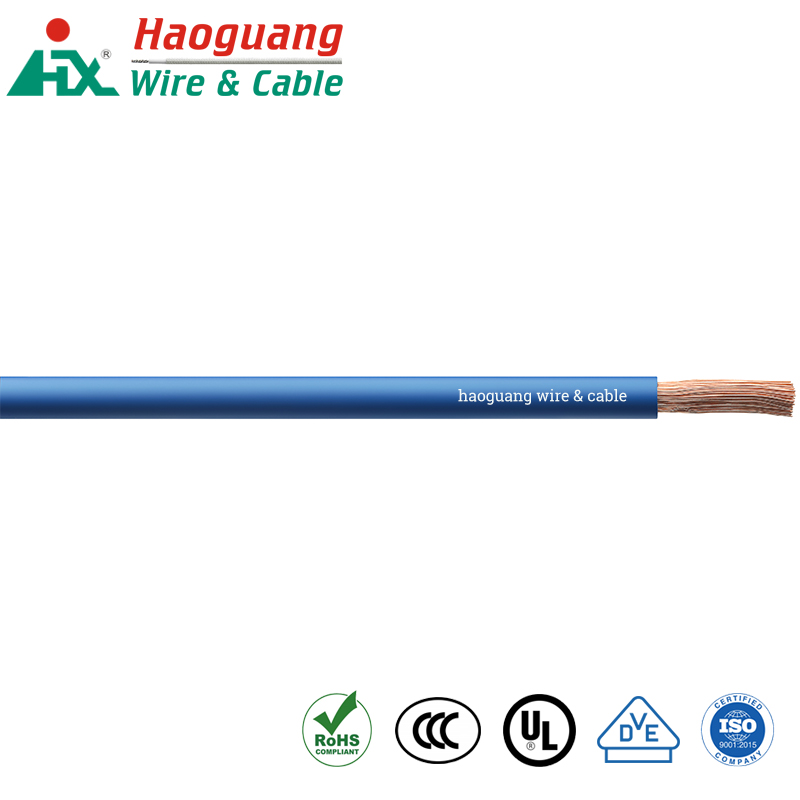Uses of single core cables
2023-11-04
A single core cable is an electrical cable that consists of a single conductor or core, typically made of copper or aluminum, which is insulated to protect it from external influences and prevent electrical leakage. These cables are used in a variety of applications to transmit electrical power or signals. The insulation around the conductor provides electrical safety and protection from environmental factors. Here are some key features and common uses of single core cables:
1. Conductor: The conductor is the central core of the cable, usually made of a metal like copper or aluminum. Copper is a common choice due to its excellent electrical conductivity.
2. Insulation: Single core cables have an insulating layer that surrounds the conductor to prevent contact with other conductors or materials. The insulation material can vary and is chosen based on the specific application and environmental factors. Common insulation materials include PVC (polyvinyl chloride), XLPE (cross-linked polyethylene), or EPR (ethylene propylene rubber).
3. Voltage Rating: Single core cables are available with different voltage ratings to suit various applications. They can be designed for low voltage (LV), medium voltage (MV), or high voltage (HV) applications, depending on the intended use.
4. Shielding (Optional): In some cases, single core cables may be shielded to protect against electromagnetic interference (EMI) or radio frequency interference (RFI). Shielding typically consists of a layer of metallic material, such as aluminum foil or copper braid, around the insulation.
Common uses of single core cables include:
1. Power Distribution: They are used to transmit electrical power in various applications, from residential and commercial buildings to industrial facilities.
2. Electrical Wiring: Single core cables are commonly used in electrical wiring for circuits, lighting, and appliances.
3. Underground Cabling: They are suitable for burying underground to supply electricity to homes and businesses.
4. Submarine Cables: In underwater or marine applications, single core cables can be used for power transmission and telecommunications.
5. Renewable Energy: Single core cables are employed in solar and wind energy systems to carry power from the source to the grid or storage systems.
6. Telecommunications: They are used for signal transmission in data and communication networks.
7. Railways: In railway systems, single core cables may be used for power distribution and signaling.
Single core cables are versatile and come in various sizes and configurations to accommodate different electrical and communication needs. The choice of a single core cable depends on factors such as voltage requirements, environmental conditions, and the specific application. Proper installation and maintenance are essential to ensure the safety and reliability of the electrical or signal transmission system.



